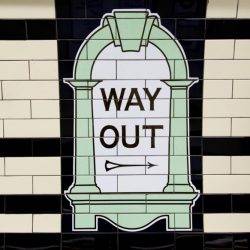August 1, 2022
Nudge theory doesn’t work after all, but we shouldn’t discard the idea completely
 At the end of last year (2021), there was lots of excitement about the first comprehensive analysis of past research on techniques designed to change people’s behaviour (known as “nudging”), confidently showing that they work. This was great news for researchers, but also for governments across the world who have invested in “nudge units” that use such methods. Nudge theory aims to influence people to make better decisions. For example, authorities may set a “better” choice, such as donating your organs, as a default. Or they could make a healthy food option more attractive through labelling. (more…)
At the end of last year (2021), there was lots of excitement about the first comprehensive analysis of past research on techniques designed to change people’s behaviour (known as “nudging”), confidently showing that they work. This was great news for researchers, but also for governments across the world who have invested in “nudge units” that use such methods. Nudge theory aims to influence people to make better decisions. For example, authorities may set a “better” choice, such as donating your organs, as a default. Or they could make a healthy food option more attractive through labelling. (more…)






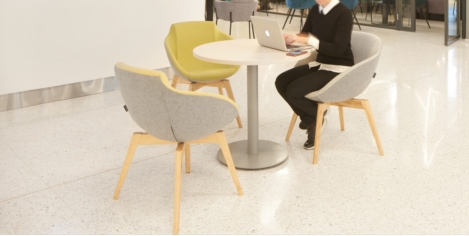
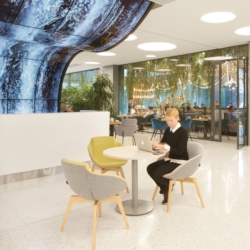
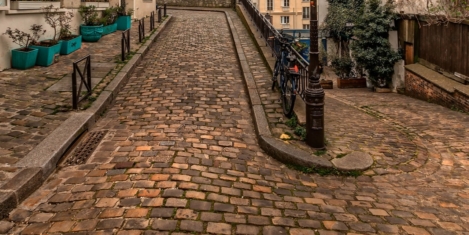

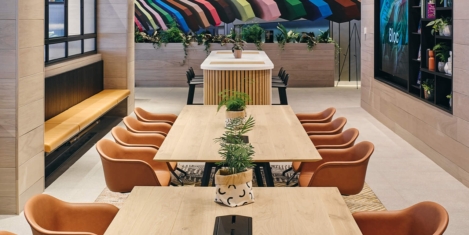
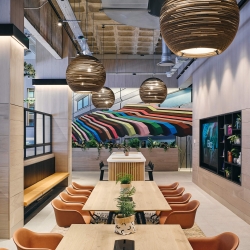
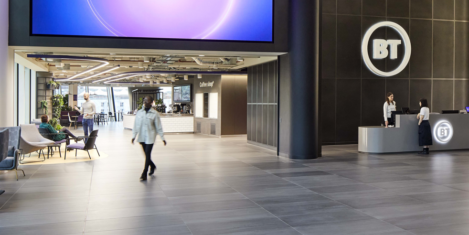
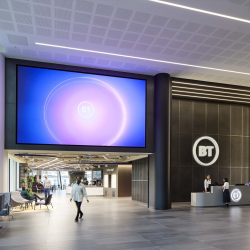
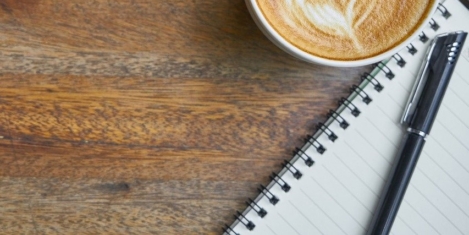



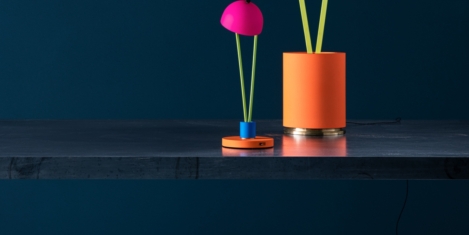
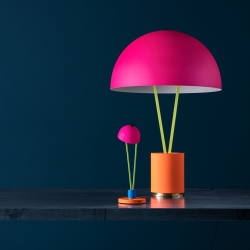

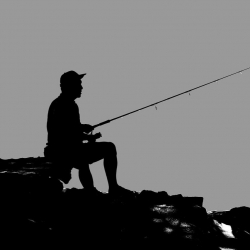


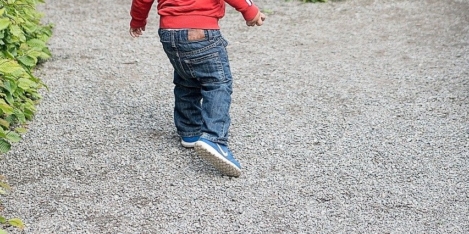
 The first Omnirama event on the 23rd of March launched the series exploring different factors challenging the world of work in a time of prevailing uncertainty. Underlying Ominirama’s raison d’etre is that recent events have turned the status quo on its head with some major structural and systemic changes taking place. Nobody seems to have any clear idea of how to deal with this enormous transformation in the ways we work All the playbooks and all the guidance that we have all relied upon for so many years have now gone out the window.
The first Omnirama event on the 23rd of March launched the series exploring different factors challenging the world of work in a time of prevailing uncertainty. Underlying Ominirama’s raison d’etre is that recent events have turned the status quo on its head with some major structural and systemic changes taking place. Nobody seems to have any clear idea of how to deal with this enormous transformation in the ways we work All the playbooks and all the guidance that we have all relied upon for so many years have now gone out the window. 
